The North York Moors is an important area for industrial archaeology. Mining (for alum, iron, coal and jet) and quarrying (for stone, sands and gravel) have always played a part in the local economy.
Alum
Alum quarries have left great scars in the landscape from Osmotherley, around the northern fringes of the National Park and down the coast, with further sites in the Esk Valley and Little Beck.
Alum was important in the textile industry – England’s main export at the time – where it was used to ‘stick’ vegetable dyes to fibres. It was one of the earliest chemical industries, operating in this region from c.1604 until 1871 and, with the exception of one works in Lancashire, produced the entire supply of English alum until the early years of the 19th century.
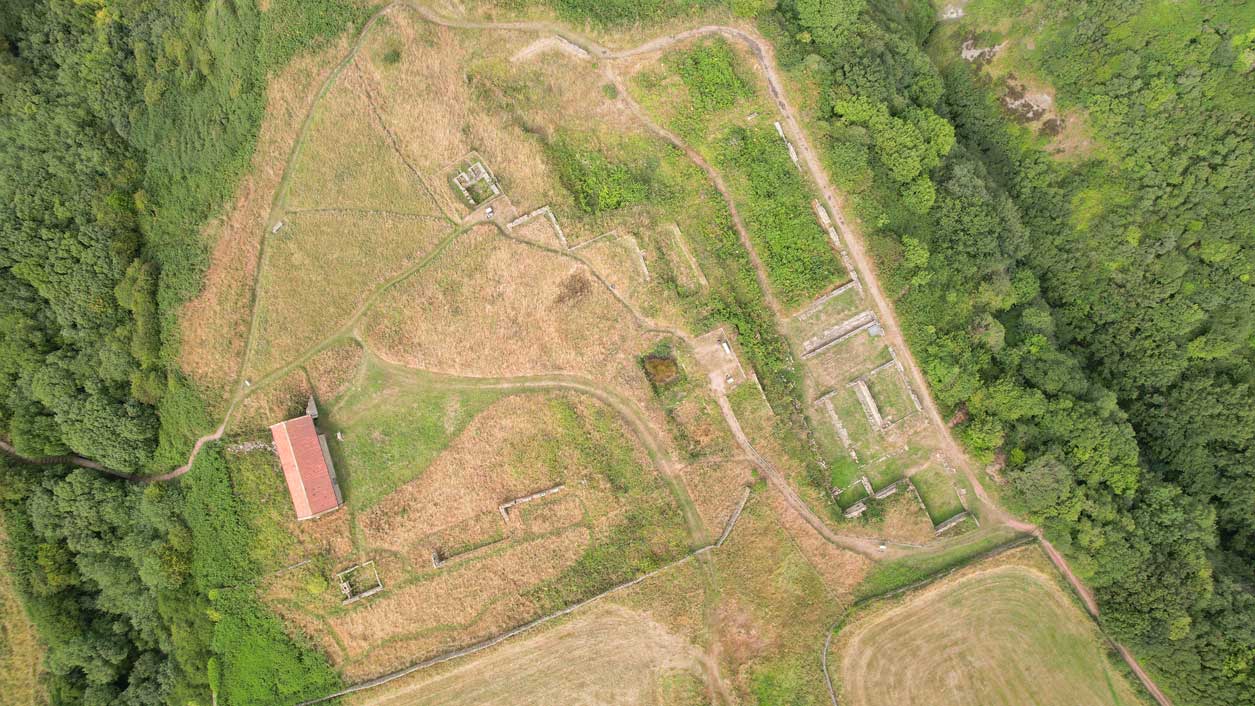
Iron ore
Iron ore has been sought after and processed since later prehistoric times but there was a boom in the industry from the middle of the nineteenth century. There were dozens of ironstone mines within the National Park, together with several short-lived blast furnace sites.
In particular, high-grade magnetic ironstone was found in Rosedale, and between 1856 and 1926 a huge industry was based in this remote valley. The effects were dramatic – in 20 years the population rose from 558 to nearly 3,000; many new buildings were erected including a school-cum-hospital; great kilns were built to process the ore; and a railway was built around the head of the dale to serve the mines.
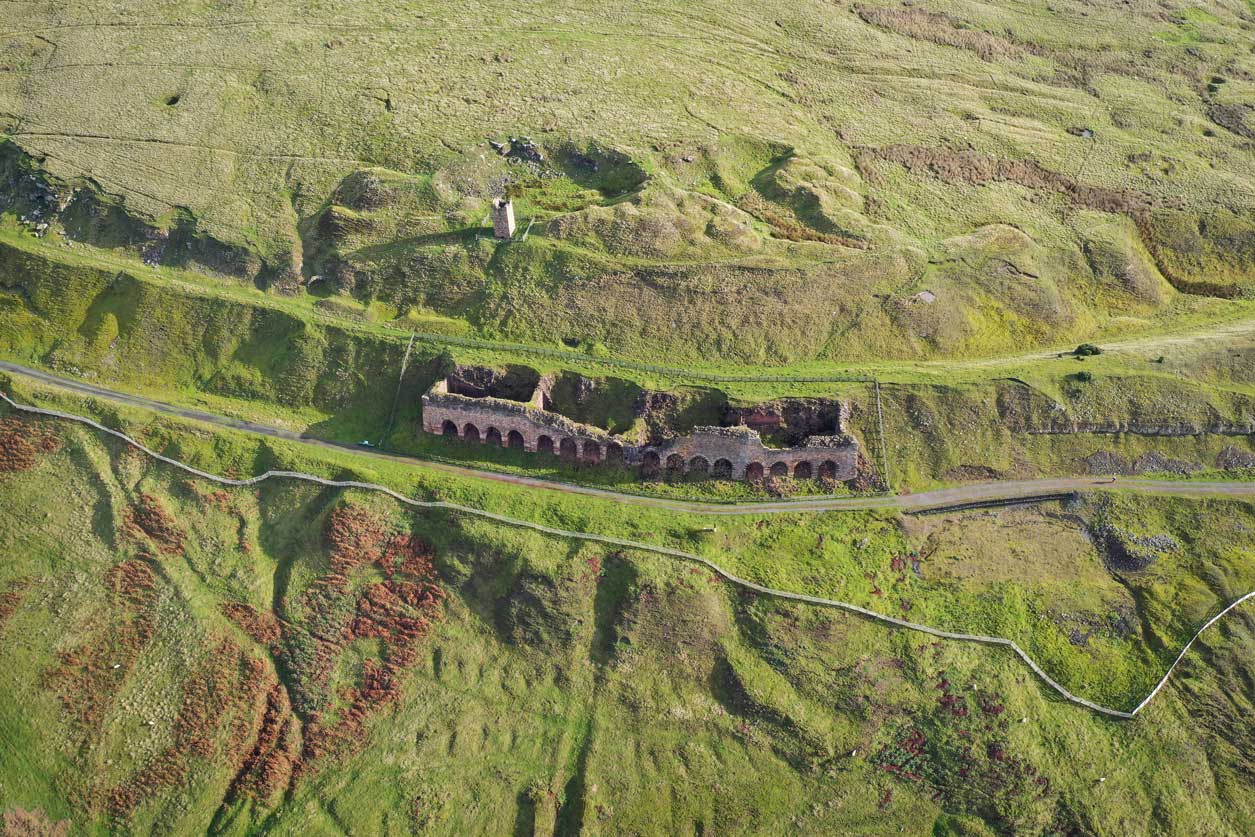
Explore our Land of Iron project to learn more about this short but intense period of ironstone mining in Rosedale.
There was also significant ironstone mining in the Cleveland Hills. Roseberry Ironstone Mine was first founded in the 1870s, and later flourished from 1907 until the early 1920s. A labyrinth of underground workings extends beneath Roseberry Topping and beyond, and remains of the site and associated tramway are still visible today.
The failed ironstone mine of Warren Moor, near Kildale, also has an interesting history. The site is remote, which has allowed its remains to survive relatively intact.
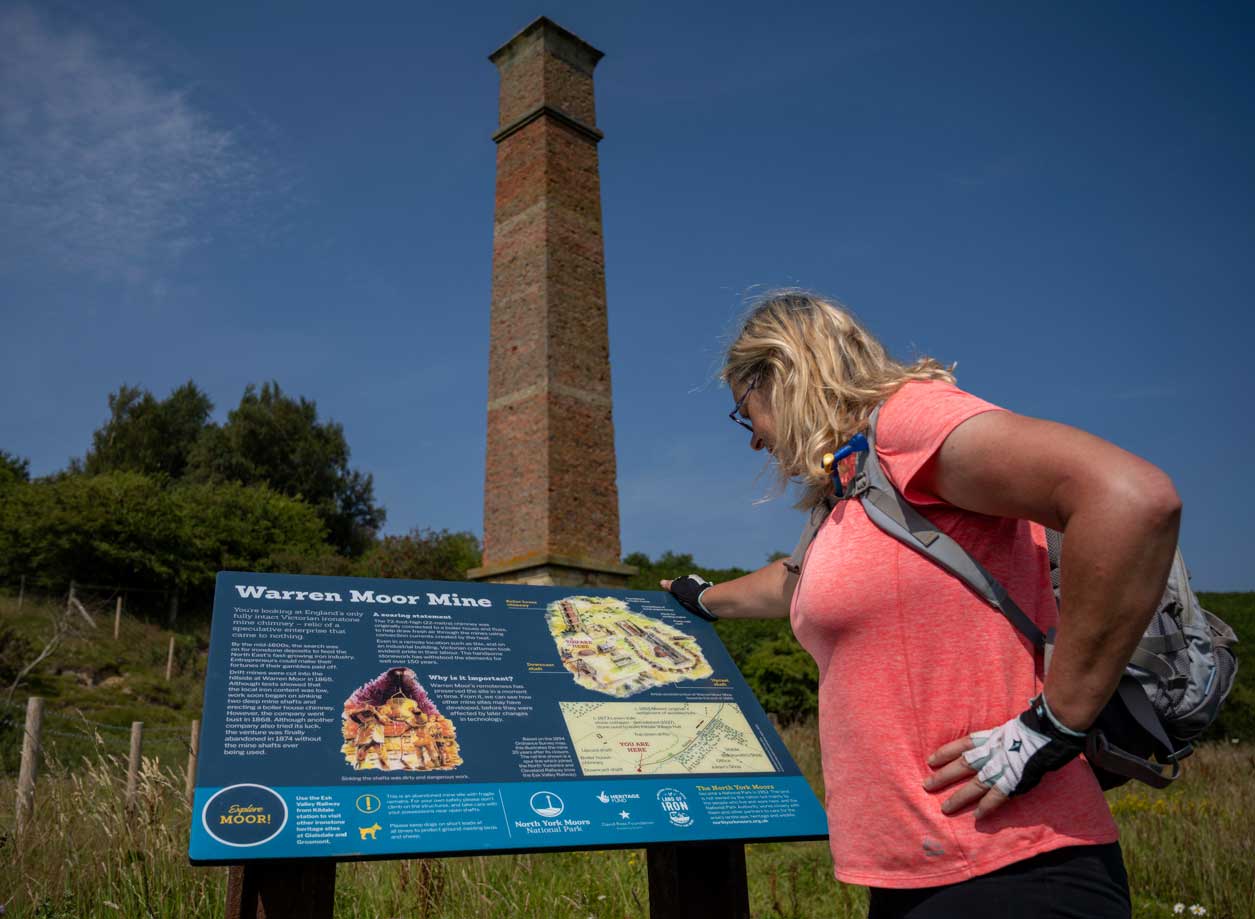
Coal
Coal, although of poor quality, was mined extensively across the Moors from the early 18th until the 20th century, as evidenced by numerous shafts with their encircling collar of spoil.
Jet
Jet has been exploited on the coast since prehistoric times and the North York Moors area is the only source for British jet. The modern industry developed from the middle of the 19th century – leaving many scars in the landscape – until the mid 1880s when cheap imports and alternative materials caused local production to decline.
What you can see today
The Cleveland Way National Trail passes numerous alum quarries and works on the coast, including the Peak Alum Works, near Ravenscar, which has been excavated by the National Trust and is open to the public.
A concessionary route runs around the line of the former mineral railway in Rosedale, passing the kilns at the East and West Mine sites.
Land of Iron walks
Our landscape is home to a variety of heritage attractions hidden away as the historic ironstone ruins are reclaimed by nature. Experience the Land of Iron with these exciting walks.
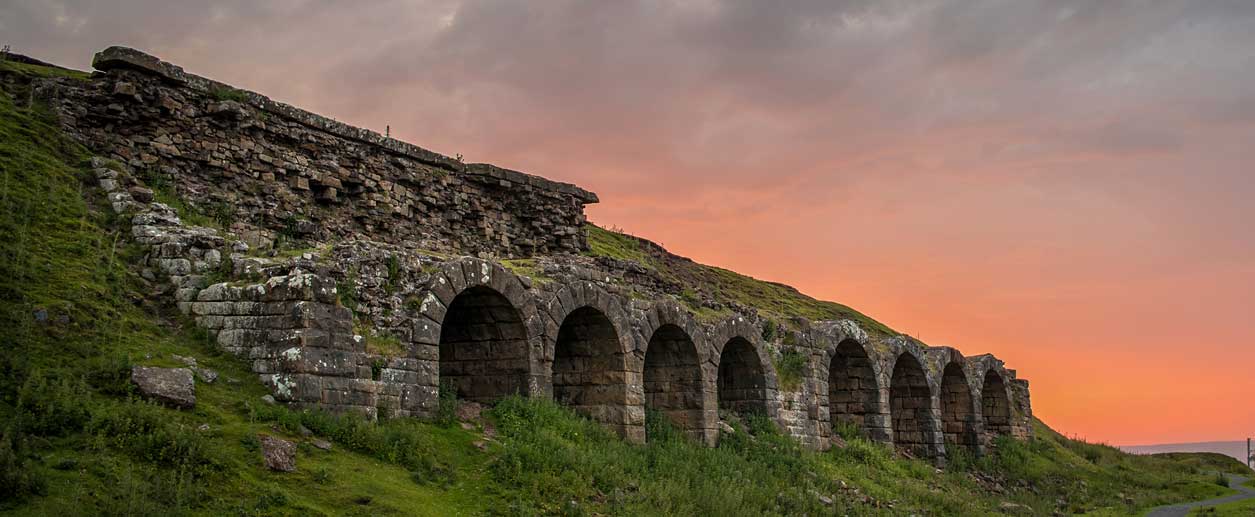
Discover the Rosedale Bank Top walk
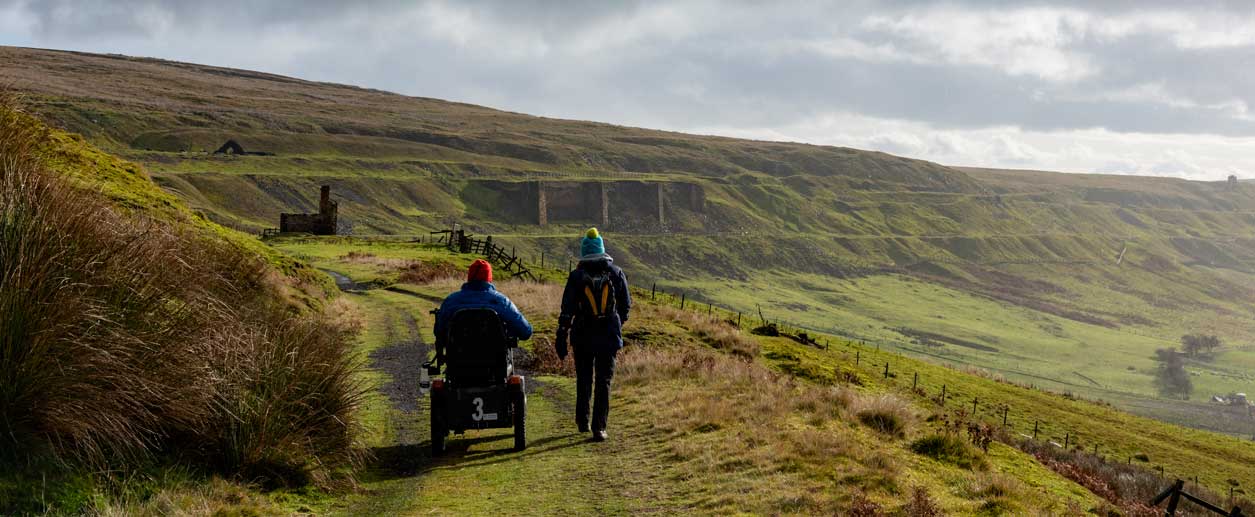
Discover the Rosedale Railway and kilns walk
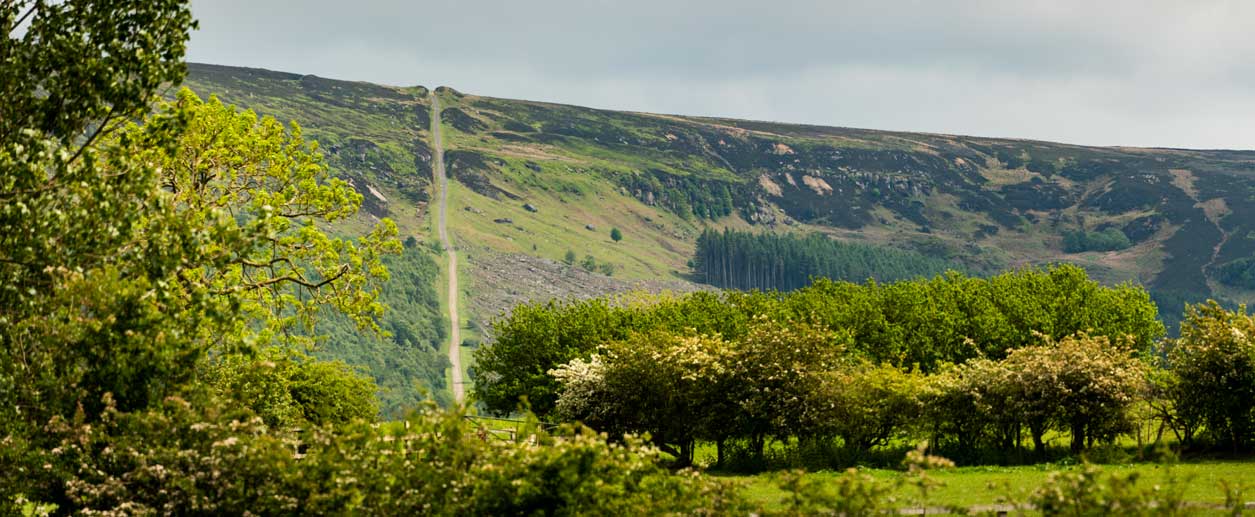
Discover the Ingleby Incline walk
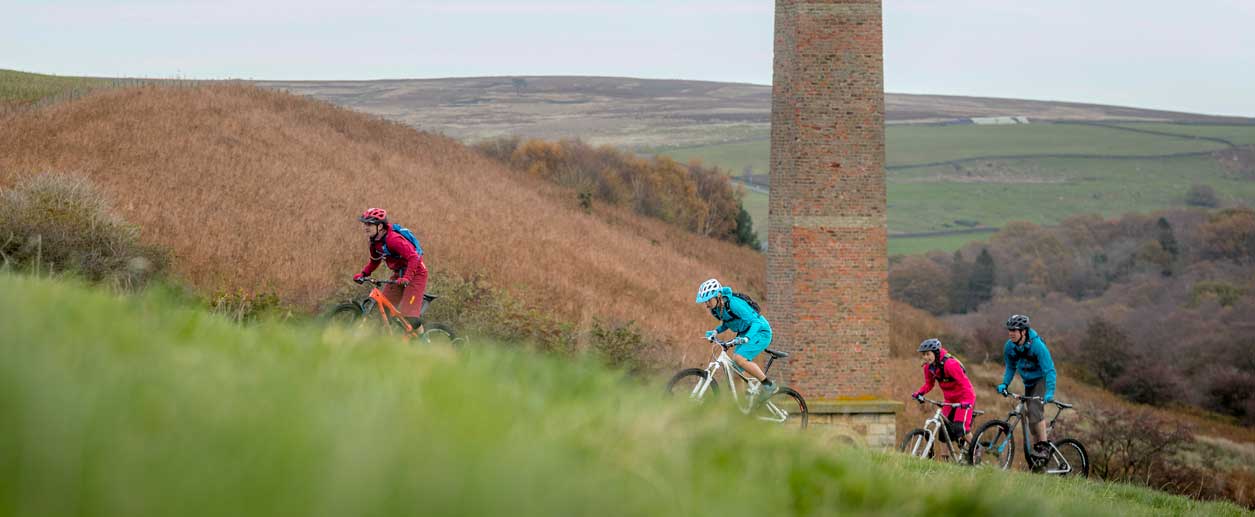
The 'Walks around Rosedale Abbey' booklet (available from local outlets) also helps you discover traces of the valley's ironstone history.
